After the huge disappointment that was the extremely fragile Sylvania wi-fi tablet, it’s nice to be able to say that here’s a gadget that does indeed do what it says on the outside of the box. And it couldn’t have arrived at a better time.
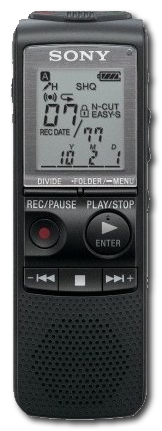 The Sony ICD-PX820 digital voice recorder (seen here at dangerously close to life-size) finally brought to an end my long search for a portable digital audio recording device. I’ve been in the market for one for quite some time for a variety of reasons, not the least of which is my attempt to try to climb aboard the podcasting train. I’ve done very infrequent podcasts here for a couple of years now, but it’s always entailed one thing: sitting at the desktop PC for at least an hour. Talking. That’s great, except for one thing – I have dishes to clean, laundry to fold, and litterboxes to clean. I talk to myself when I do those things too – but no one gets to hear it. Now you can!
The Sony ICD-PX820 digital voice recorder (seen here at dangerously close to life-size) finally brought to an end my long search for a portable digital audio recording device. I’ve been in the market for one for quite some time for a variety of reasons, not the least of which is my attempt to try to climb aboard the podcasting train. I’ve done very infrequent podcasts here for a couple of years now, but it’s always entailed one thing: sitting at the desktop PC for at least an hour. Talking. That’s great, except for one thing – I have dishes to clean, laundry to fold, and litterboxes to clean. I talk to myself when I do those things too – but no one gets to hear it. Now you can!
But I’ve had a very specific laundry list of criteria for such a recorder. There are lots of digital voice recorders out there, both cheap and not quite so cheap. The cheap models almost universally share the same hallmark of cheapness: there’s no way to dump the audio files directly to your PC, meaning that you have to dump your audio, in real time, from the recorder’s headphone jack to your PC’s line-in audio jack. And that’s all jacked up. But across the board, once I insisted on having a recorder with a USB port to simply transfer the files across, the price tag jumped to over $50, usually by a pretty good margin. This Sony model is no exception; it weighed in at just under $70, which was only possible thanks to my friend Felix playing Santa this year (for which I thank him a great deal).
In Star Trek: The Next Generation, there were numerous scenes of characters talking to the ship’s computer, giving it a somewhat vague laundry list of parameters, and miraculously getting just what they needed on the holodeck or from the ubiquitous food-dispensing replicators. The PX820 is almost like that – someone must’ve read my mind and designed a device to those specs. The PX820 is practically made for podcasting. It has five “folders” that can be used to store files (everything is natively recorded as 128kbps MP3s which can be effortlessly moved to a PC via a standard USB-to-mini-USB cable). I actually had, as of last night, material for three different podcasts spread across three different folders, with absolutely zero confusion about what went where. Files can be deleted individually, by folder, or the entire device can be wiped. With 2 gigs of flash memory on board, I don’t think I’ve been in any danger of filling it up just yet.
The built-in microphone is pretty sensitive. The material I’ve recorded so far, I’ve been holding the device fairly close; the resulting recordings have had to be compressed a bit, because they were a bit loud. Truth be told, putting it in a shirt pocket would probably work pretty well for just recording myself. There’s a standard headphone-sized jack for an external microphone, something I may yet try at some point. There’s also a headphone-sized jack for headphones too, and you have the option of using the recorder as an MP3 player, but… they have MP3 players for that.
With no moving parts, this recorder trumps any other audio recording device I’ve ever had: there’s no mechanical moving-part noise of its own to pick up. All it hears is you, baby. I have found myself needing to edit out the sound of my fat fingers pressing the start and stop buttons at the top and tail of individual files, but I could probably be a bit gentler on the buttons and fix that problem. There’s a voice-activated mode as well, along with a mode for recording in high-background-noise areas.
All of this runs on two AA batteries. As I’ve mentioned, I’ve been recording quite a bit with this thing in the few days I’ve owned it, and there’s no sign yet of battery fatigue. Like Sony’s Minidisc players (a product I still swear by), there’s a “hold” switch that effectively disables all of the controls and shuts the recorder down until it’s “un-held.”
To say I’m delighted with this little gem is a bit of an understatement. The features that make it easy for me to organize stuff for multiple podcasts could also be used to make it easy to organize recordings of individual meetings on the same topic, or class lectures, or what have you.
For a sub-$100 device, this one is worth every penny. I’ve been re-recording all of my recent podcast recording from scratch with it, and the sound is so much better. You’ll be able to hear the first full podcast recorded with it (though actually the third one in progress) this weekend.
You can get the PX820 in the Store, too. I’m that impressed with it.

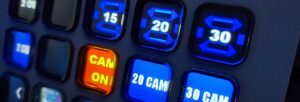
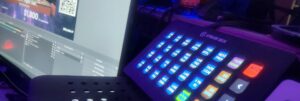
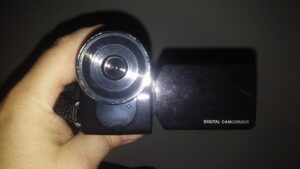
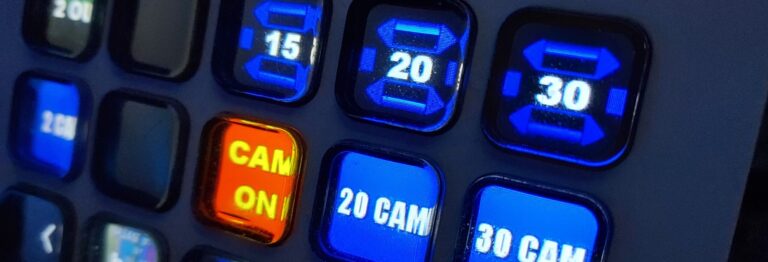


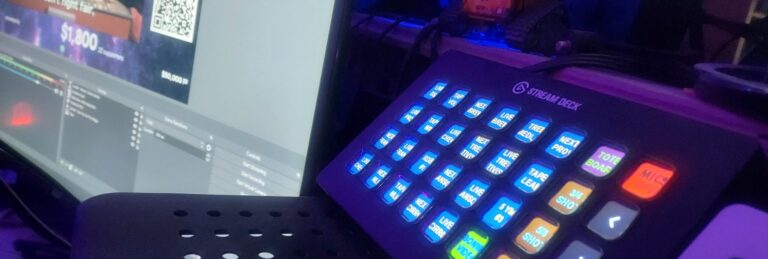
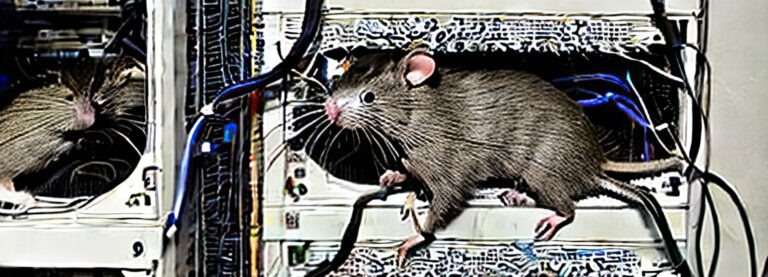

Holy crap! What a weird coincidence! I bought the same exact model recorder for myself back in November. I found it at a Hastings.
My reasons for buying one, however, were different than yours. I recently acquired a Tandy 102 and I wanted to store Basic programs I wrote. Instead of using an old cassette recorder, I bought the Sony. I still need to custom build a cable for the recorder since the Tandy uses a DIN connector instead of the standard 1/8″ connector.
Once I get it working on my Tandy I plan to store programs from my C64 and even my Altair. The great thing about that is I can then backup the data by copying over the mp3 files from the Sony to my PC’s external drive.